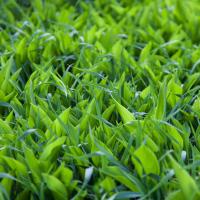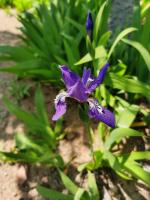1、 Soil:
Cat claw grass can survive in most soils and has strong adaptability, but it is more suitable for cultivation in loose, wet and fertile loam
2、 Illumination:
Cat claw grass is resistant to sunlight and shade. It can grow normally with or without sunlight. However, being able to receive sufficient sunlight during growth can promote the growth of cat claw grass
3、 Watering:
The water demand of cat claw grass is not high. Water it once a week. Increase the watering times at high temperature. Pay attention to drainage in rainy season. Do not accumulate water to endanger the root system
4、 Temperature:
Cat claw grass is resistant to cold and high temperature. It can survive the winter safely at a temperature not lower than - 40 ℃. During cultivation, there is no need to deliberately regulate the temperature
5、 Pest control:
1. Diseases: the main diseases of cat claw grass are white silk disease and powdery mildew, which will harm the roots and leaves of cat claw grass. If diseases are found, clean up the soil with bacteria, completely remove the diseased plants, and spray fungicides for control
2. Pests: the main pests of catnip grass are aphids and grubs. They will suck the leaves and juice of catnip grass and affect the normal development and growth of plants. It can be used for 1-2 times by spraying 90% times of 800-1000% of the enemy's pest. p>

 jackfruit
jackfruit snake plant
snake plant hibiscus
hibiscus hydrangea
hydrangea lavender
lavender Green roses climb al...
Green roses climb al... If you don't pay att...
If you don't pay att... Management of four g...
Management of four g...


































